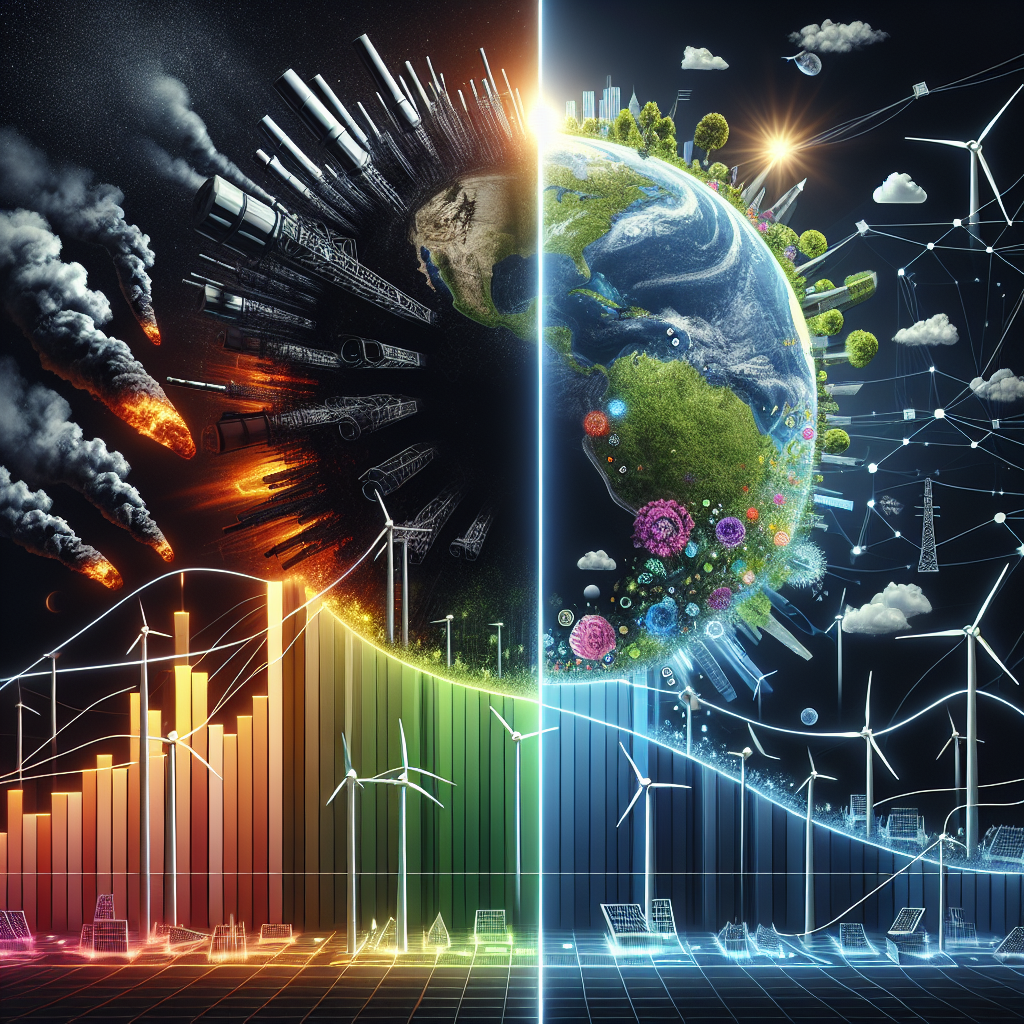The Energy Tug-of-War: US vs. China in Indonesia's Green Transition
Indonesia, the world's largest coal exporter, is at a crossroads between future energy paradigms backed by the US and China. While China rapidly invests in Indonesia's clean energy, the US focuses on LNG. The outcome will influence Indonesia's climate future and the broader energy landscape of the developing world.

- Country:
- Indonesia
Indonesia, recognized globally as the largest coal exporter, stands at a critical juncture in its energy transition journey. The decision is influenced by major superpowers - the United States and China - as they vie for influence over its clean energy future, investing billions into transforming its energy landscape.
In 2023, Chinese energy firms inked over $54 billion in agreements to support Indonesia's clean energy ambitions, as reported by the state utility PLN. This strategic move follows Indonesian President Prabowo Subianto's engagements in Beijing, securing an additional $10 billion in commitments. China's rapid engagement spans solar power and electric vehicles, overshadowing the $20 billion pledge in 2022 by the Just Energy Transition Partnership, involving US withdrawal under Trump's administration.
While US policies encourage liquefied natural gas (LNG) expansion, critics warn this could entrench fossil fuel reliance. In contrast, China promises faster transition with fewer constraints through projects like CATL's $6 billion battery venture and a solar panel factory by LONGi. However, environmental costs, particularly in regions with critical minerals like nickel, remain a pressing issue as the global energy shift accelerates.
- READ MORE ON:
- Indonesia
- coal
- energy transition
- US
- China
- clean energy
- renewables
- solar power
- LNG
- electric vehicles










